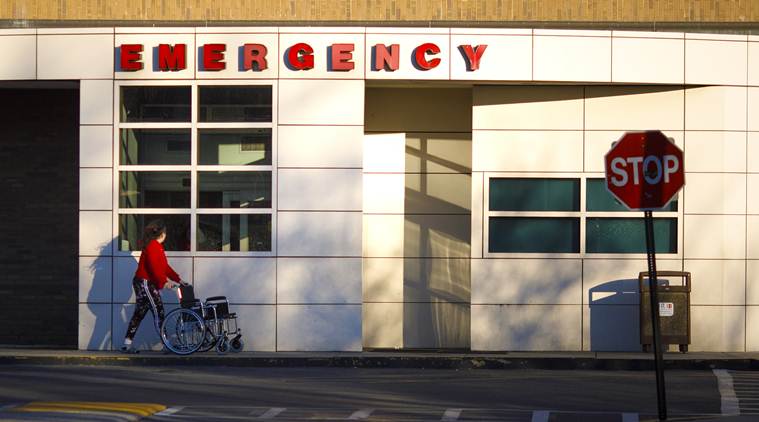By New York Times |Washington |Updated: January 14, 2019 10:08:03 am
US hospitals must now post prices. But it may take a brain surgeon to decipher them
The data, posted online in spreadsheets for thousands of procedures, is incomprehensible and unusable by patients — a hodgepodge of numbers and technical medical terms, displayed in formats that vary from hospital to hospital.

Written by Robert Pear
Vanderbilt University Medical Center, responding to a new Trump administration order to begin posting all hospital prices, listed a charge of $42,569 for a cardiology procedure described as “HC PTC CLOS PAT DUCT ART.”
On Jan. 1, hospitals began complying with a Trump administration order to post list prices for all their services, theoretically offering consumers transparency and choice and forcing health care providers into price competition.
It’s turning into a fiasco.
50s

CVS, Aetna healthcare deal approved in U.S.
Pharmacy chain CVS won U.S. antitrust approval for its $69 billion acquisition of health insurer Aetna, the Justice Department said on Wednesday, paving the way for a combination with potential to cut U.S. healthcare costs for consumers.
“This policy is a tiny step forward, but falls far short of what’s needed,” said Jeanne Pinder, founder and chief executive of Clear Health Costs, a consumer health research organization.
The data, posted online in spreadsheets for thousands of procedures, is incomprehensible and unusable by patients — a hodgepodge of numbers and technical medical terms, displayed in formats that vary from hospital to hospital. It is nearly impossible for consumers to compare prices for the same service at different hospitals because no two hospitals seem to describe services in the same way. Nor can consumers divine how much they will have to pay out of pocket.
“To 99 percent of the consuming public, these data will be of limited utility — meaningless,” said Kenneth E. Raske, president of the Greater New York Hospital Association.
By most accounts, the Trump administration is pursuing a worthy goal, but the execution of its plans leaves much to be desired.
The administration says it is open to suggestions for 2020 and beyond.
Under prior guidance from the government, hospitals could meet their obligations by providing charges to patients on request. But the Trump administration wanted to go further.
“We’ve updated our guidelines to specifically require hospitals to post price information on the internet in a machine-readable format,” Seema Verma, administrator of the Centers for Medicare and Medicaid Services, said last week. “This is about empowering patients.”
Martin Gaynor, a professor of economics and health policy at Carnegie Mellon University in Pittsburgh, described list prices as “somewhat fictitious.”
In its current form, he said, the price information is “not very useful and could even be misleading” because a hospital with high list prices could be the cheaper alternative for some consumers, depending on their insurance.



























.png)









No hay comentarios:
Publicar un comentario